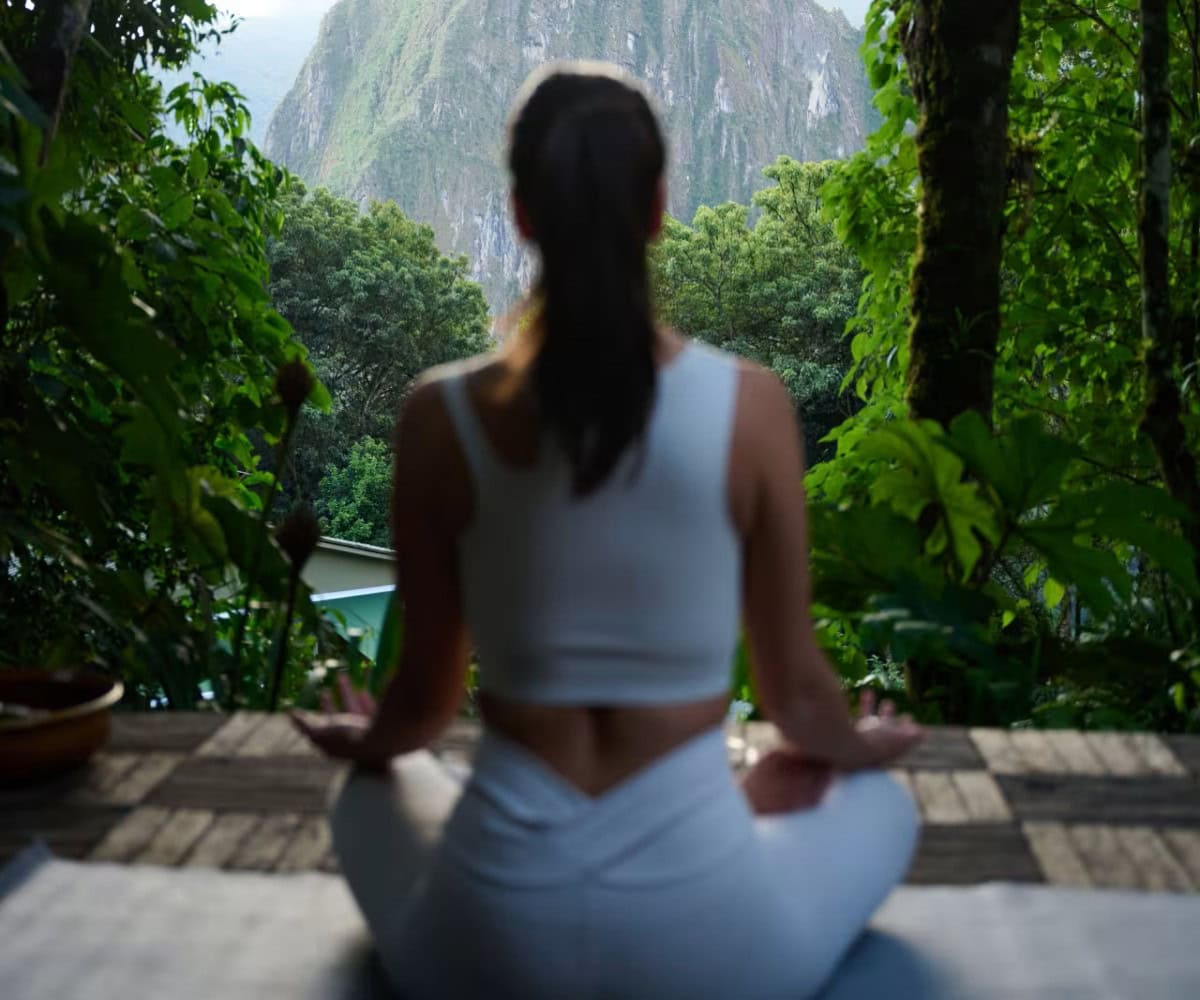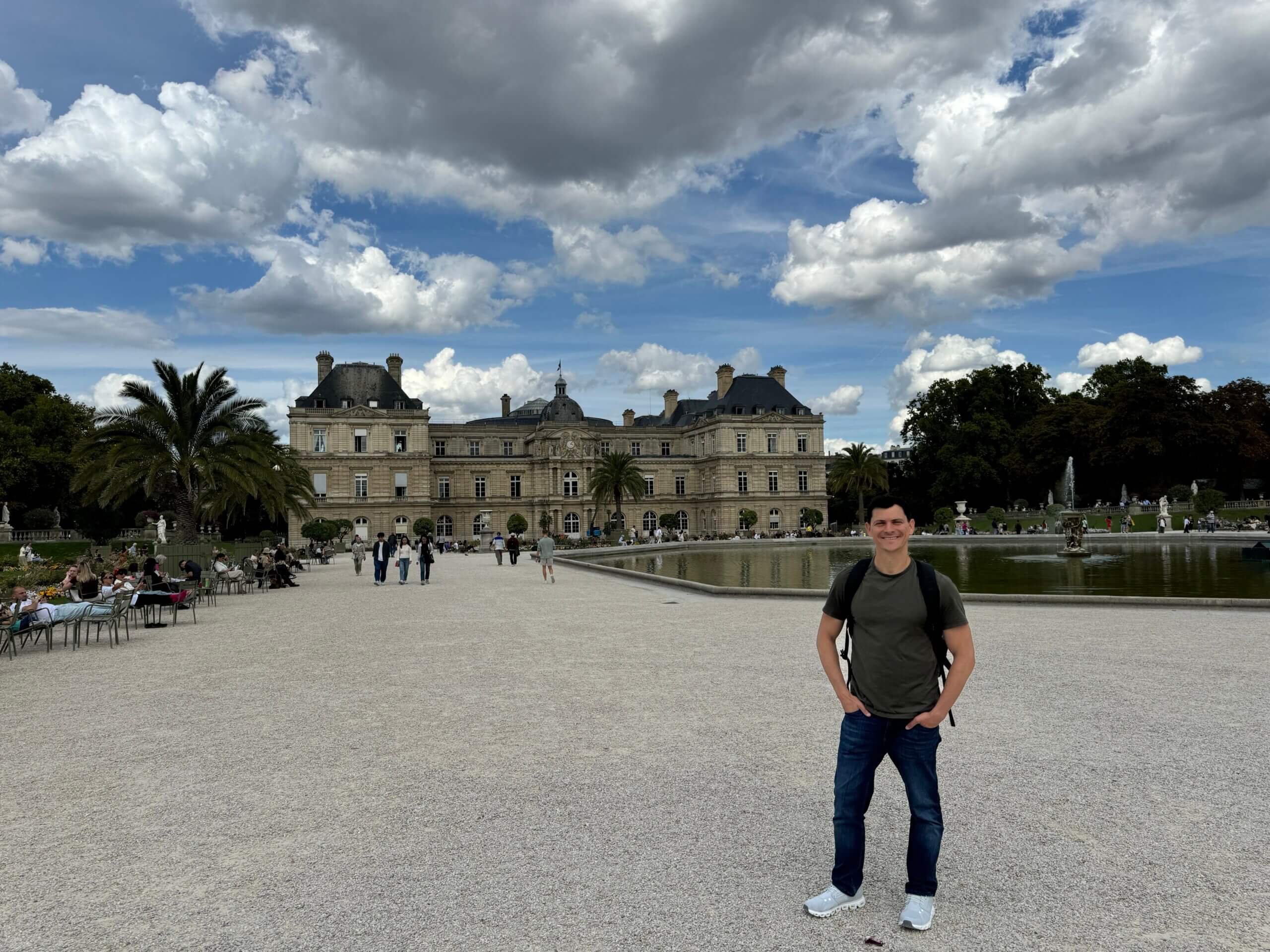Hi-Fructose: Your work has a very distinctive look, combining dreamily outlandish imagery combined with striking lighting. I was curious about your start, what influenced your aesthetics? You grew up in a theatrical household, how much do you think that shaped the way your art developed?
Floria Sigismondi: I think growing up in the industrial town of Hamilton Ontario, but living in a home where theatrical costumes where made at all hours of the night and lyrical opera played all day long was quite a contradiction. This dichotomy I brought into my work. The opposites are what attract me.
HF: Was your art readily accepted or did it take a while to get your career moving? Was there a moment where it really started to take off?
FS: It really started to take off when I was directing the video, Beautiful People for Marilyn Manson. It was a pivotal video for me creatively and for my career, because I came up with some pretty challenging ideas that I had always wanted to do, but could never find the perfect outlet. He would do anything so I really went for it. I remember being on set and watching my sketches come to life in front of my eyes was so transformational for me. It really changed the way I approached creativity. It made me believe that no idea is too crazy.
HF: Your work also has an element of “the beautiful grotesque.” I feel you really helped bring this aesthetic to the forefront of contemporary art, where it is now much more widely embraced. However, I feel your work has a strong rock and roll element to it (besides just having rock starts and musicians as your subject matter). Could you speak to your attraction of bringing a sense of beauty out of darker imagery?
FS: I’ve always believed that if you look at something close enough you’ll find the beauty. It could be in the color, the texture, the symbolic meaning. I find color attracts me first. There is a specific image that comes to mind of a floating human heart. The colors and texture are so rich that all I see is the beauty in the veins of the heart. The second thing my brain does is want to understanding the image. It mumbles, “ it ‘s a human heart, that used to belong to a person and where is the person now and what happened to them?” But I have already seen the beauty so that also becomes party of the experience.
I would love to see personal expression externalized. When I was growing up you had to make your own identity, your own clothing, customize things.”
HF: I was curious about your inspirations. You have a strong personal style and your work has a particular stamp individual to you on it. What sorts of things inspire you these days?
FS: Metamorphisms, transformation, the universe, dreams, aliens, emotions, love, movement, strength and contradictions.
HF: Many of your photographs and videos are with people who are famous for their own creative output. How much of what is finished is your vision? Do you collaborate with the subject (in the case of musicians who tend to have an invested interest in their “image”) or do you go in with a strict idea of what you want a finished work to look like?
FS: I pretty much know what it should look like when I purpose an idea and it never sways too much away from that in the end. I take artist to different places and that’s the fun part. We embark on something new together.
HF: You sometimes appear in your own work as a subject as well as the creator, I was curious about that…if that was meant as a way to capture more of your vision (being willing to look/act in a way maybe other subjects might not) or if it is more a form of self-portraiture?
FS: It started that way. I used myself, because it was easier to capture what I wanted, but then I wanted to tell little stories about myself that I was discovering in the process. The knowledge came from going through the experience. It takes the veil away and makes things clearer. It becomes about capturing an idea without a middle person.














